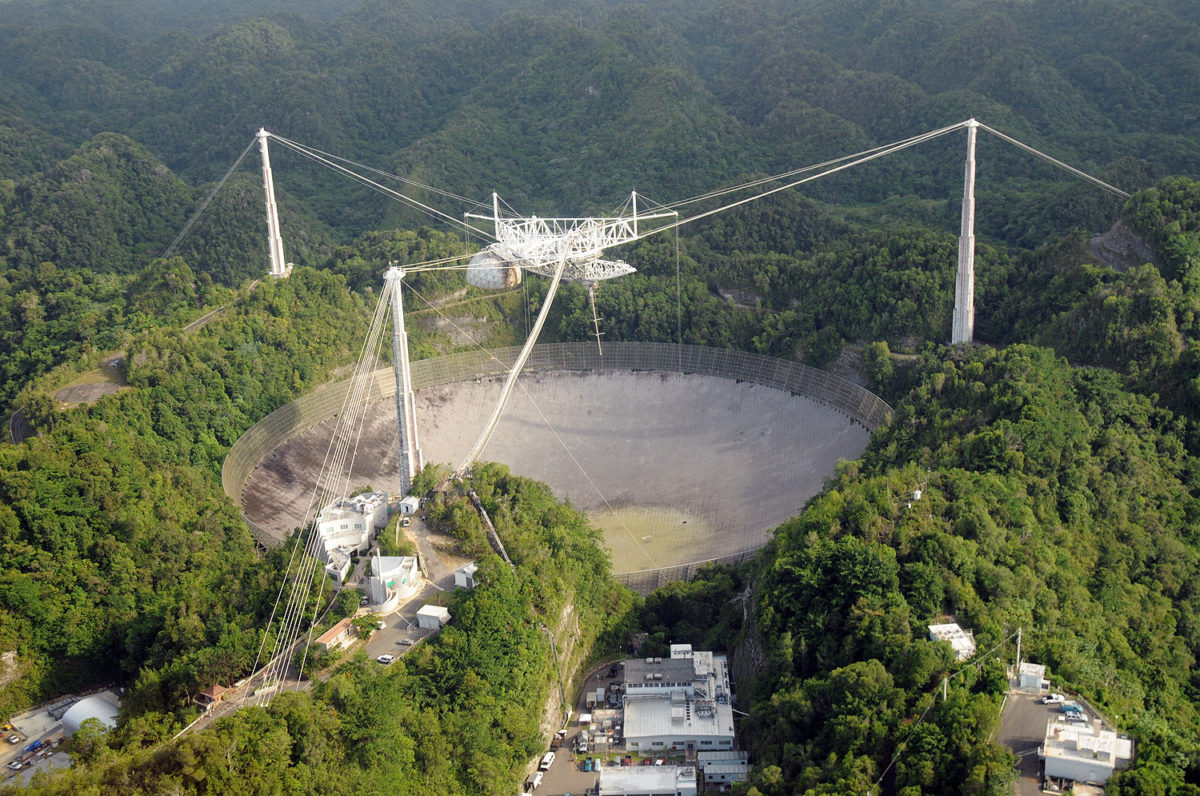Emily Lakdawalla • Jun 13, 2016
Nadia Drake: NSF investigating how to shut down Arecibo
The giant Arecibo radio telescope is a scientific instrument without equal anywhere in the world. For planetary scientists, it has unique capabilities to discover the natures of near-Earth objects, and is a valuable tool in our efforts to study, and reduce the risk from, potentially hazardous asteroids. It's been used to study everything from ice on Mercury to lakes on Titan. But it's expensive to maintain, and its funding agency, the National Science Foundation (NSF), has had a flat budget for years, leading to a decade of threats of defunding and/or closure.
National Geographic writer Nadia Drake has been following the status of Arecibo very closely. She provides a history of the funding problems in a June 4 article, "Uncertain Future for Earth’s Biggest Telescope." The latest twist in the story is this:
On May 23, the National Science Foundation, which funds the majority of Arecibo’s annual $12 million budget, published a notice of intent to prepare an environmental impact statement related to the observatory’s future.
That might sound innocuous – after all, isn’t it a good idea to study the context in which our science facilities exist? Yet it’s anything but benign. Putting that environmental assessment together is a crucial step NSF needs to take if it plans to yank funding from the observatory and effectively shut it down.
I recommend reading the article for more. In a second article, published on June 10 after she attended the first public meeting required by the environmental impact assessment process, Nadia discusses the loss to science of the potential closure of Arecibo, including work on gravitational waves, climate change, and potentially hazardous asteroids. Equally important, she writes, is the value of Arecibo in inspiring Puerto Rican students into careers in the sciences. Read the article here: "With Earth’s Largest Telescope Threatened, Its Homeland Rallies." The NSF is accepting public comments until June 23.
Accounts you can follow on Twitter for news and updates on Arecibo include @NAICobservatory, @PlanetTreky, @robminchin, @joan_schmelz, and @nadiamdrake.
Support our core enterprises
Your support powers our mission to explore worlds, find life, and defend Earth. You make all the difference when you make a gift. Give today!
Donate

 Explore Worlds
Explore Worlds Find Life
Find Life Defend Earth
Defend Earth


